
Hi, I'm Doug Lardo, a solutions architect at Riot Games. In this article, I'm going to introduce the concept of Fault Injection Testing, and talk about the Riot Games API and how they implemented it. Then I’ll discuss our testing methods, what we found, and soap box a little bit about high availability design along the way.

Hi, I’m Jim ‘Anodoin’ Merrill, and I work on test automation efforts for League of Legends, focused specifically on the in-game experience. I currently serve as the tech captain to the Build Verification System Development (BVS-Dev) team. In large part, our team builds tools for automated testing and helps teams write better tests.
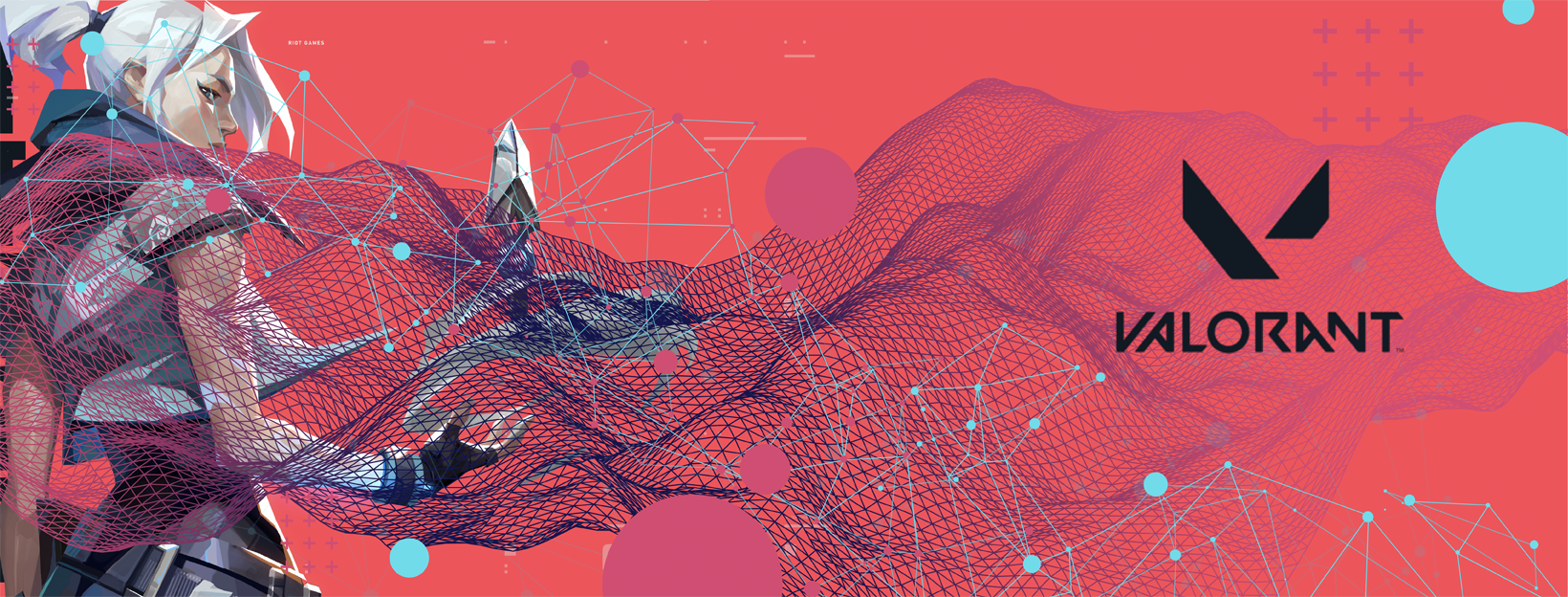
When VALORANT was still early in development, we had high hopes that in the future we’d launch with high initial popularity. From the beginning, we prioritized scalability to make sure we could support the number of players we were hoping for. Once VALORANT entered full production, we began working in earnest on a load test framework to prove out our tech. After many months of work, we successfully ran a load test of two million simulated players against one of our test shards, giving us the confidence we needed for a smooth launch. This article explains how we load tested our platform, and how we tackled the scaling challenges we encountered along the way.
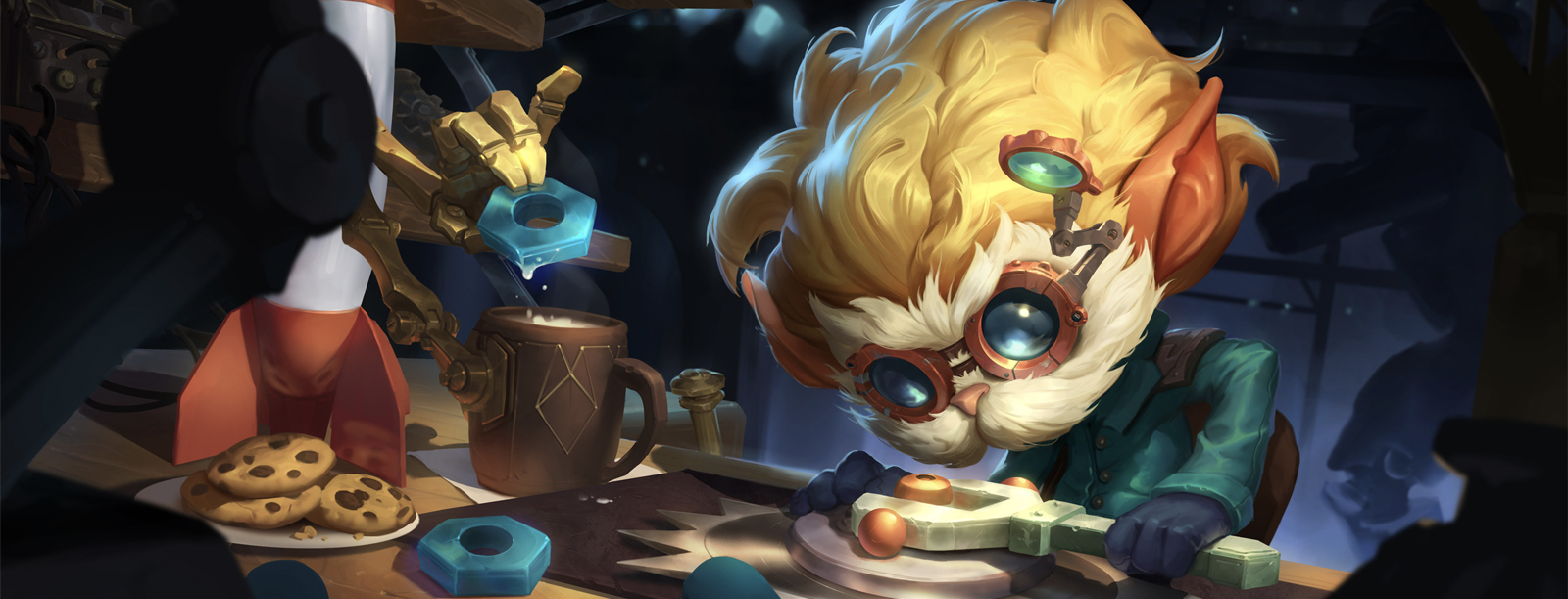
Hi, I’m Guy Kisel, and I’m a software engineer on Legends of Runeterra’s Production Engineering: Shared Tools, Automation, and Build team (PE:STAB for short). My team is responsible for solving cross-team shared client technology issues and increasing development efficiency. In this article I’m going to share some details about how we build, test, and deploy Legends of Runeterra, a digital collectible card game.
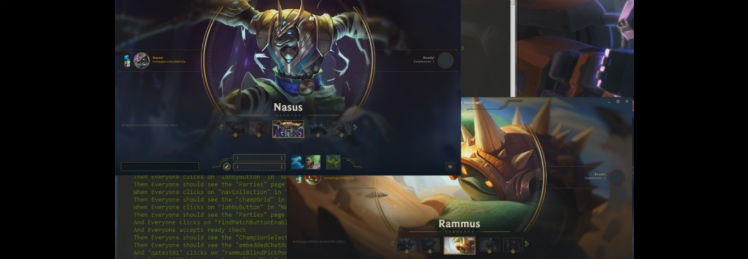
Hi, I’m Guy Kisel, and I work on the League client update’s Test, Build, and Deploy team, here to talk about the project's automated testing.
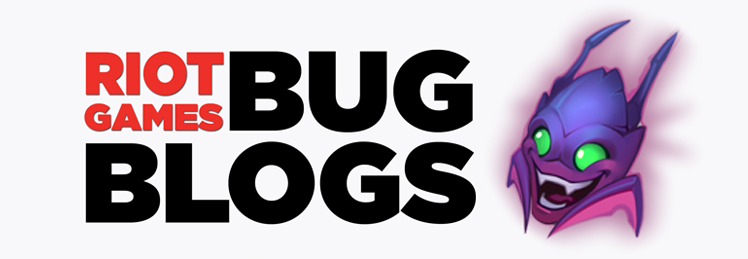
So, why do Bug Blogs? Well, at Riot, we believe that a fundamental component of the development process is understanding that failures can and do happen. We make mistakes because we’re humans, and humans are far from perfect. And that’s okay! What’s important is to recognize failures for what they are, work to understand why they happened, learn from them, and make needed changes based on those learnings. That’s how we grow and that’s how we get better.
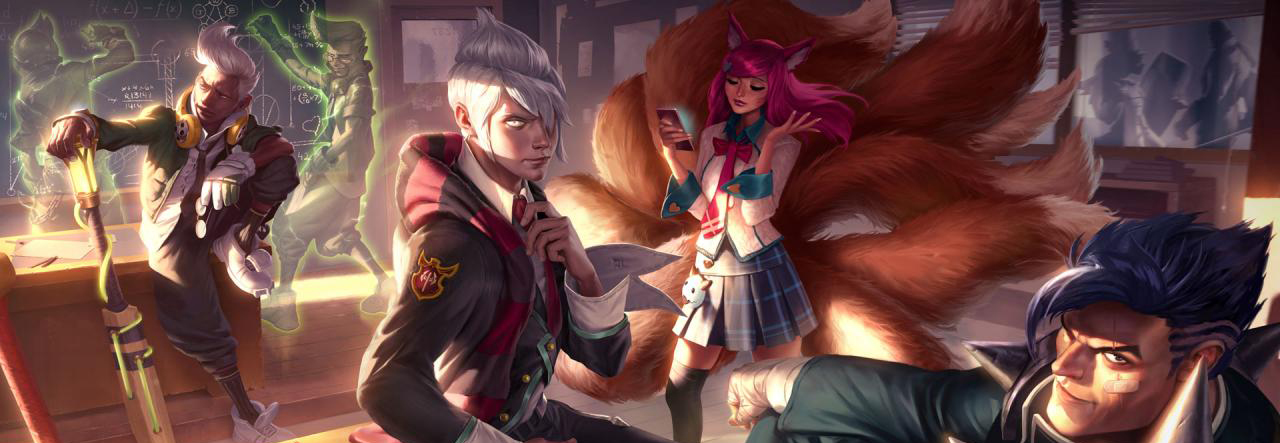
The price of determinism is eternal vigilance.
I’m Rick Hoskinson, an engineer on the League of Legends Core Gameplay Initiative, and this is the final article in the “Determinism” series. Previously in this series, we explained the broad strokes required to achieve determinism in the League of Legends game server. However, there remained the task of tracking down the remaining divergences in legacy code while building maintainable systems that would ensure future divergence regressions could be found and fixed. Thoughtful implementation of these systems allows us to sustain Project Chronobreak features without dedicating a full-time team.
In this final article, we’ll dig into how we detect divergences and fix them.
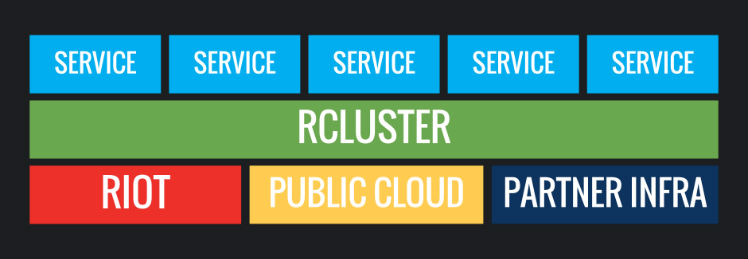
In our previous article, we discussed some of the networking involved in rCluster, Riot’s solution for worldwide application deployments. Specifically, we talked about the concept of overlay networks, an implementation we leverage called OpenContrail, and how that solution plays with Docker. In this post, we’ll build on that foundation and dive deeper on other topics: infrastructure as code, load balancing, and failover testing.

A whole new game means a whole heap o’ new technology. While we won’t be able to cover all of it in one go, I’d love to give you a glimpse at how we add features to LoR. I’ll describe our process of making it work so we can playtest it, move on to making it presentable using our suite of artist tools, tweaking it for balance, and finally making it shine by adding motion and sound before sending it out to players.
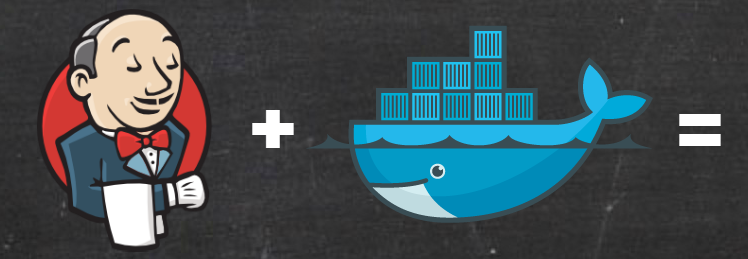
In this tutorial, you’ll learn:










